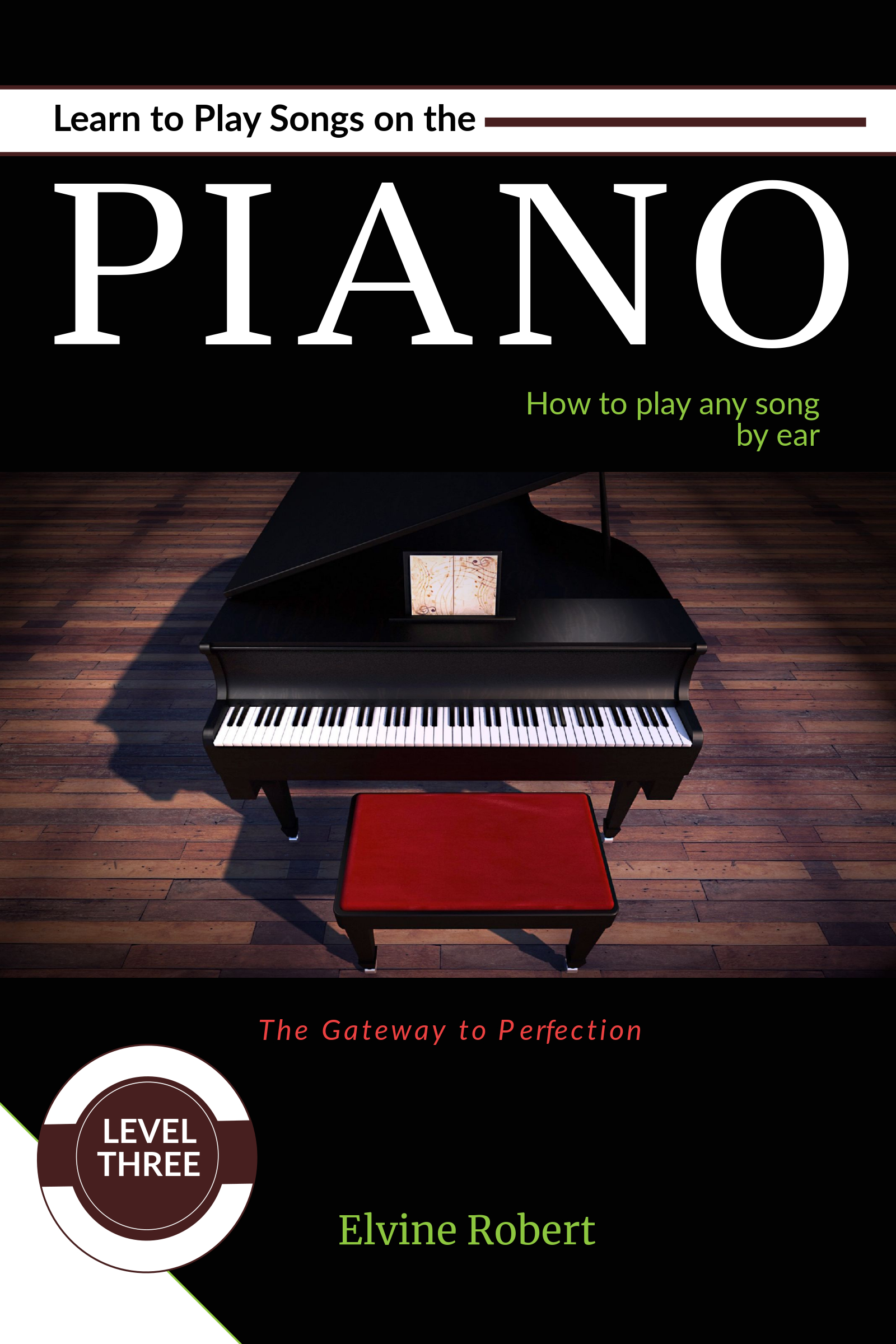
Hey there! Are you tired of not being able to play the piano as you’ve always imagined? Are you knowledgeable in piano theory, but still don’t know how to apply this knowledge to your piano play practically? Then this book is for you!
In this book; Learn to play Song on the Piano, we'll be looking at:
• Chord alterations.
• How melodies are harmonized using both simple and advanced chords.
• How to play various songs by ear. Songs we'll be looking at include:
• Amazing Grace
• Pass me not
• O come, let us adore Him
• Silent Night
• Don't know why
and lots more!
This book would mark the end of the series "The Gateway to Perfection."
DON'T MISS THIS GREAT OPPORTUNITY AND GET YOUR COPY NOW ON PLAYING THE PIANO! To get a copy, scroll up and click on the BUY or ADD TO CART button
Chapter One
CHORD ALTERATION
What is an Altered chord?
An altered chord can be seen as the modification of one or more notes in a chord, to add more tension or harshness to that chord. By modification of note, I mean replacing one or more note in a chord with a neighboring note in a chromatic order. We alter chords to not only add tension but also to suit our musical needs. Any chord can be altered, whether major, minor, dominant or diminished chord.
There are various ideas as to what an altered chord is, and to avoid confusion, I’d be making use of two views.
The first state that when a note in a triad is chromatically altered, it is seen as a change in form rather than as an altered chord.
The second state that only the fifth and the ninth tone may be altered as every other alteration can be seen as an unaltered tone (for example a flattened eleventh tone is understood to be equal to the third or flattened fourth note).
In this chapter, we’ll be looking at altered chords from two angles; as a change in form, and as an altered fifth or ninth tone.
Altered Chords as a Change in Form
When we look at altered chords from this angle, we’re talking about altering one or more tones of a chord to get another type or form of chord. When I say type or form of chord, I am referring to the quality of that chord; which has to do with the major, minor, diminished, augmented and dominant chord forms (for example, if I take a major triad and flatten or reduce its 3rd by a half step, I’d get a minor triad).
| Language | Status |
|---|---|
|
Italian
|
Already translated.
Translated by Balbuzan Larisa Antonia
|
|
Portuguese
|
Already translated.
Translated by Paula Williams dos Santos
|
|
Spanish
|
Already translated.
Translated by Eduardo Tello
|
|
|
Author review: He did a perfect job -- I'm Speechless! It must have taken so much time and effort, and was so meticulously done. Very much recommended. |